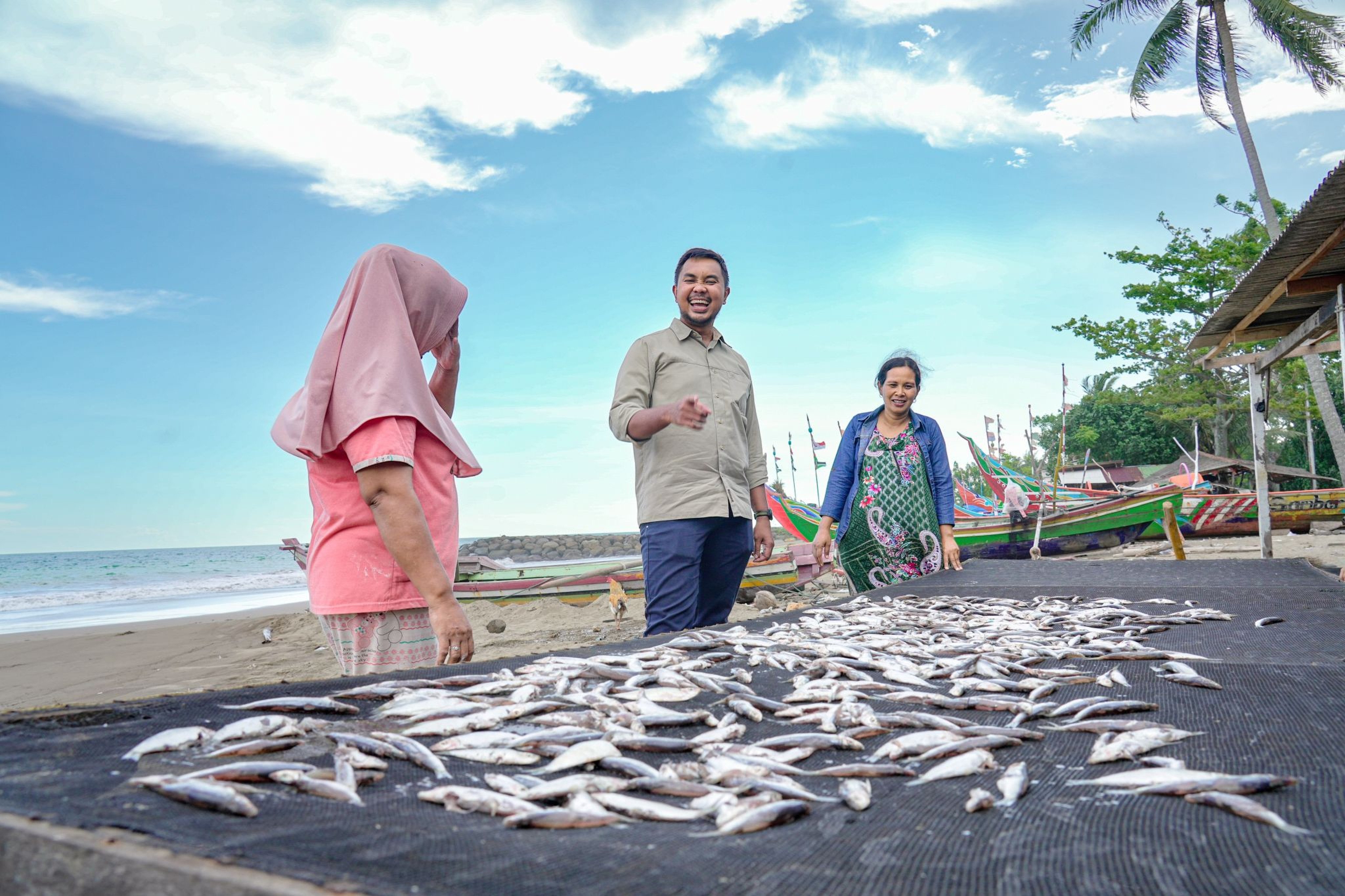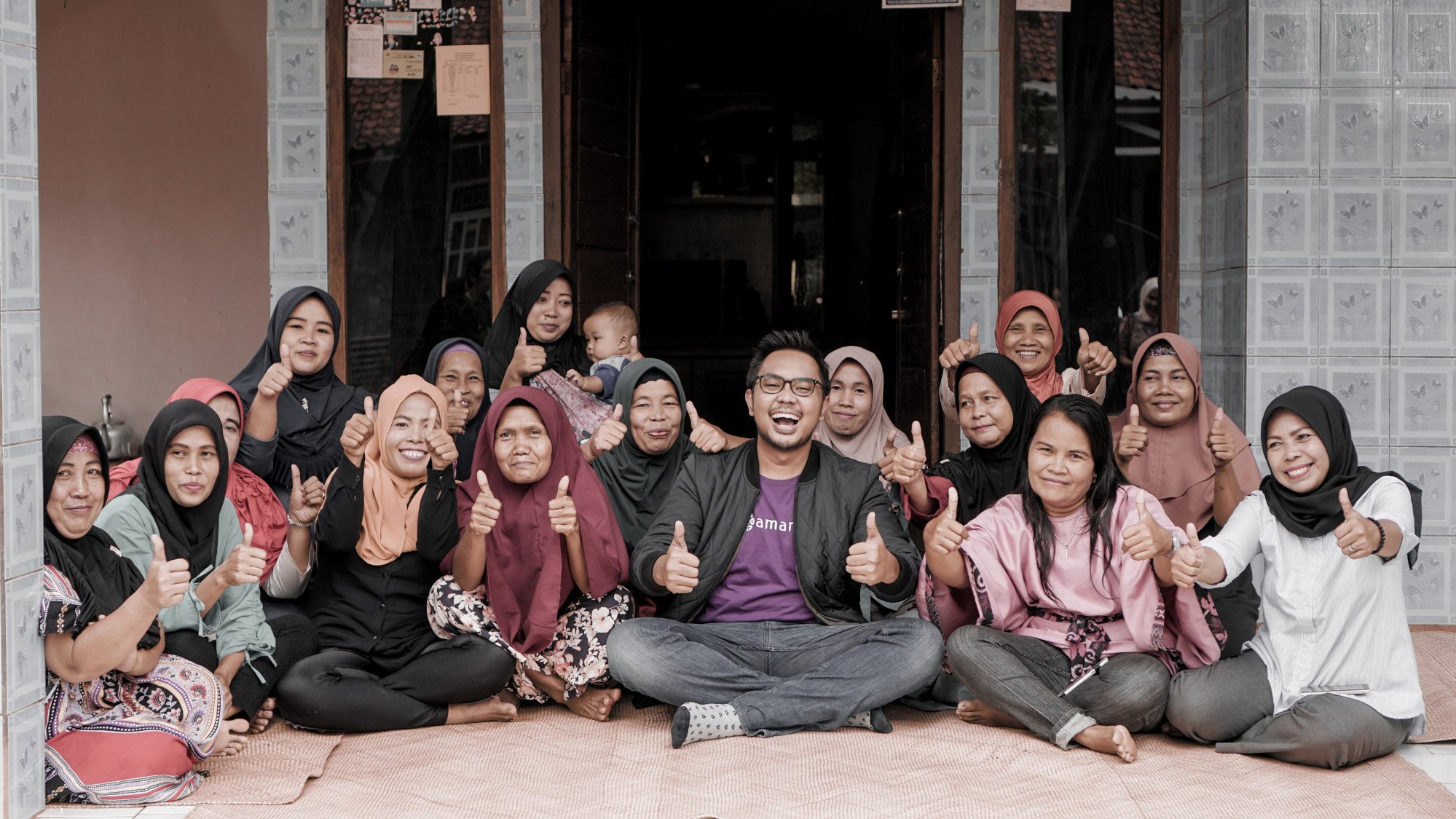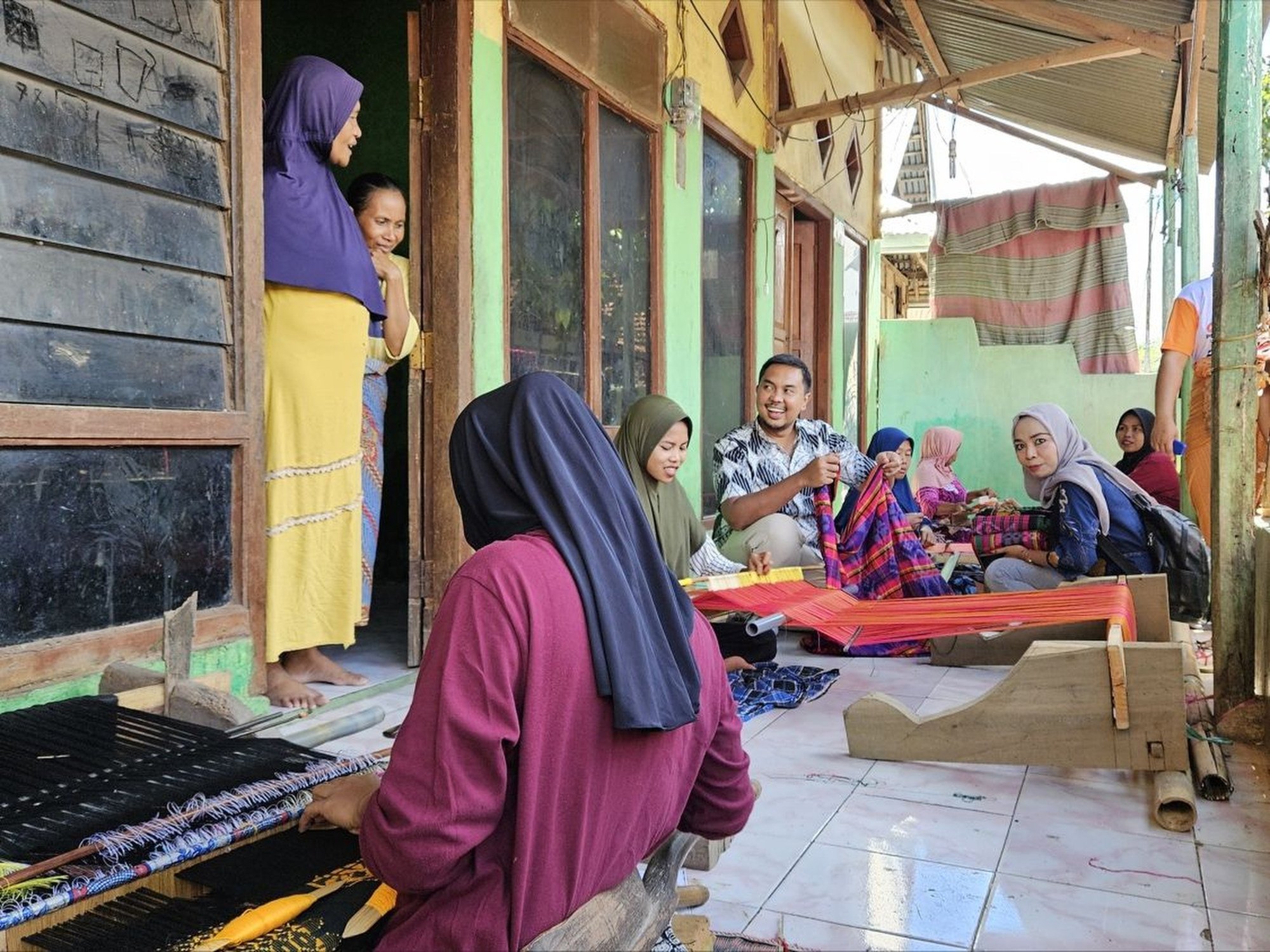How Indonesian fintech firm is bridging funding gaps for women entrepreneurs
Amartha leverages technology to provide loans to women running small businesses in remote areas, but challenges such as lack of digital literacy remain

Across Indonesia’s vast archipelago, millions of women running small businesses in rural areas remain locked out of traditional banking – a gap increasingly filled by fintech firms offering microloans as economic pressures mount.
One of the most prominent players in this space is Amartha, a Jakarta-based lending platform that connects borrowers in remote communities with financial institutions. Founded in 2010, it now counts about 3 million active borrowers – 99 per cent of them women operating micro, small or medium enterprises (MSMEs), according to company data.
These enterprises are the backbone of Southeast Asia’s largest economy, accounting for more than 60 per cent of gross domestic product and employing nearly 117 million people – or 97 per cent of the workforce – based on government estimates. Yet most MSMEs operate informally, lacking both credit histories and access to capital.
“What I am proud of is that we are not only serving borrowers in the city, but we are serving those in the remote islands across Indonesia,” said chief executive Andi Taufan Garuda Putra at the Asia Grassroots Forum in Bali, hosted by Amartha last month.
“Our growth is mostly contributed from outside Java and the big cities so our borrowers, we can say they are from underserved [communities],” he added.
Amartha provides working capital loans ranging from US$400 to US$1,330, connecting rural borrowers to local lenders. Since its launch, it has disbursed more than 35 trillion rupiah (US$2.2 billion), mainly to women entrepreneurs in low-income or geographically isolated areas.
But observers say lending to these communities remains challenging due to limited financial and digital literacy, especially in eastern parts of the country where internet access is patchy and cash still dominates.
“We are building a technology company to serve a cash community, to serve a not-digitally savvy community, so that is a very huge gap,” Taufan said. “It would be very different if you’re serving everyone in the city that already has smartphones.”

While parts of Java enjoy broad connectivity, others – including much of Sulawesi – remain digitally marginalised, according to Taufan. He said Amartha had adapted by introducing hybrid systems that included both digital and face-to-face interactions, with field agents assessing borrowers in person and tailoring loan offerings to local conditions.
The company also uses a joint responsibility model in rural areas, grouping 15 to 20 borrowers together for weekly meetings with a field agent. If one member struggles to make a payment, the rest of the group helps cover the shortfall – a practice designed to reduce defaults.
Amartha’s approach has attracted significant backing, with more than US$200 million raised since 2016 from investors including Bank Mandiri and Singapore’s United Overseas Bank.
Last month, it secured a US$55 million loan from European development financiers Swedfund, Finnfund and the Belgian Investment Company for Developing Countries, as part of a US$199 million syndicated facility led by the International Finance Corporation, a World Bank affiliate.
Such funding is increasingly rare in Indonesia’s cooling start-up landscape. Investment in local start-ups plunged to US$323 million in 2024 – down 75 per cent from 2023 and 90 per cent from 2022 – according to research firm Tracxn. In the first quarter of this year, start-up funding dropped below US$30 million.
“This [reflects] the concerns of the investors,” Rudiantara, Amartha’s president commissioner, said at the Bali forum, citing changing consumer behaviour and a fragile macroeconomic environment.

Rudiantara, a former minister of communication and information, said as investor confidence wavered amid global volatility, Amartha focused on corporate governance and risk controls to position itself for long-term stability.
Indonesia’s economy posted its slowest growth rate in over three years in the January to March period, at 4.87 per cent year on year, down from 5.02 per cent in the previous quarter, according to official data released by Statistics Indonesia. Analysts warn that budgetary pressures, sluggish consumer spending, and the ripple effects of American tariffs could further dampen the country’s economic outlook this year.
For entrepreneurs at the bottom of the income pyramid, these trends pose real risks.
“[We often hear that] the middle class is shrinking but what about the lower class? The role of Amartha is to make sure that this lower-class society – we provide them with a cushion,” Taufan added.
He argued that government support for MSMEs needed to go beyond microfinancing, calling for coordinated action across logistics, warehousing and digital infrastructure to help rural businesses grow sustainably.
Taufan also called for a revival of earlier government enthusiasm for start-ups, which he said had waned in recent years.
“We definitely want to see our government promoting innovation … how can they drive innovation? Give room for [more] start-ups,” he said.
“If you want to see more companies solving problems, you need to give space for them to start from somewhere, so continue to promote entrepreneurship.”